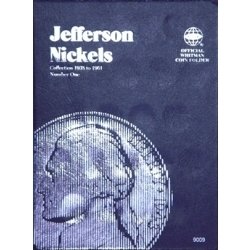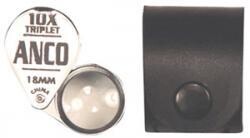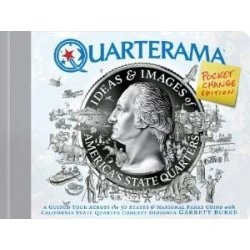United States Proof Coins 1936-1942, Eightieth Anniversary Edition
Roger Burdette has turned his exceptional research and writing to the topic of 1936 to 1942 proof sets some 80ish years after they were product. This full color book with hundreds of illustrations covers this series in detail down to the number of pieces struck from each die, when dies were pulled from service, delivery dates of coins and quantities sold and returned for destruction. Burdette reports that it was amazing to go through the data and analysis, and then see results and explanations appear – almost magically (and you know how we love magic at Wizard Coin Supply!). The Forward by noted author, researcher and coin dealer Q. David Bowers summarizes United States Proof Coins 1936-1942, Eightieth Anniversary Edition exceptionally well:
Each book comes with a CD-ROM containing the full text in searchable format. Experience with this approach for the book From Mine to Mint demonstrated that it is much more effective, convenient and accessible than a printed index. The digital file may also be transferred to the purchaser’s portable digital device for use away from home or office.
Binding: Paperback
Edition: 1st
Publication Date: April 4, 2017
Size: 8.5x11
Pages: 330







